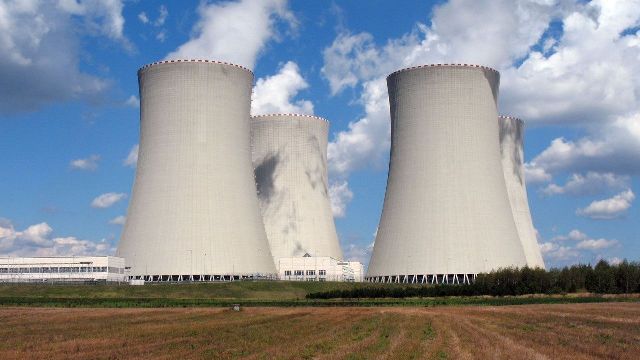
One of the most important difficulty in nuclear reactors is limited operating lifetime because of exposion of metals to heavy radiation environment resulted cracking and then failure. MIT researchers has found the positive effects of CNT addition to the metal on this obstruction. However, this study is only valid for usage of Al metal at lower temperature conditions.
Improvement of operating lifetime of Aluminum had significant importance because it is used in different area such as reactor components, nuclear batteries, spacecraft and container for nuclear waste. When the CNT was dispersed in the metal uniformly, the radiation damage for long periods can reduced without any degradation. Radiation exposure causes dwelling of Helium atoms inside the metals’ grain boundaries as the form of tiny bubbles thus the materials will be weakened and brittle. Small fraction of Carbon Nanotube can form a one-dimensional transport network which provides pathways for Helium to go outside from the metals. Tests shows that radiation exposure was chemically altered CNT within the metal to carbides without shape change. This provides reduction in point defects by radiation which decreases brittleness of materials thus mechanical performance of metals are enhanced by the small addition of Carbon nanotubes.
The research group also is planning to examine similar tests for zirconium metal which is important for high temperature reactor applications.
For more information: http://news.mit.edu/2016/carbon-nanotubes-improve-metal-longevity-under-radiation-0302
Posted by Müberra GÖKTAŞ on January 05, 2017
Comments
Post a Comment